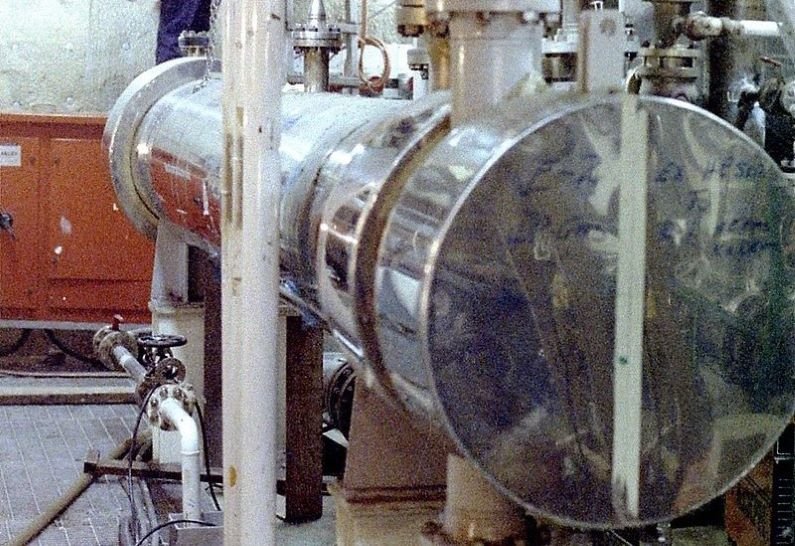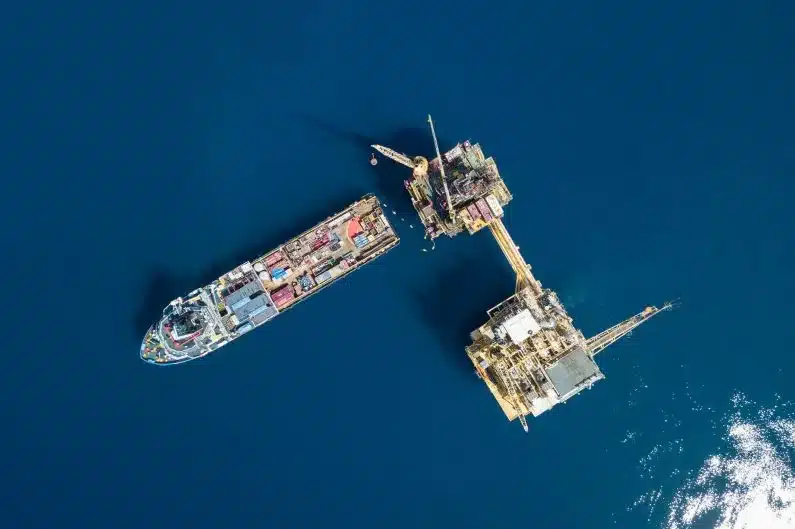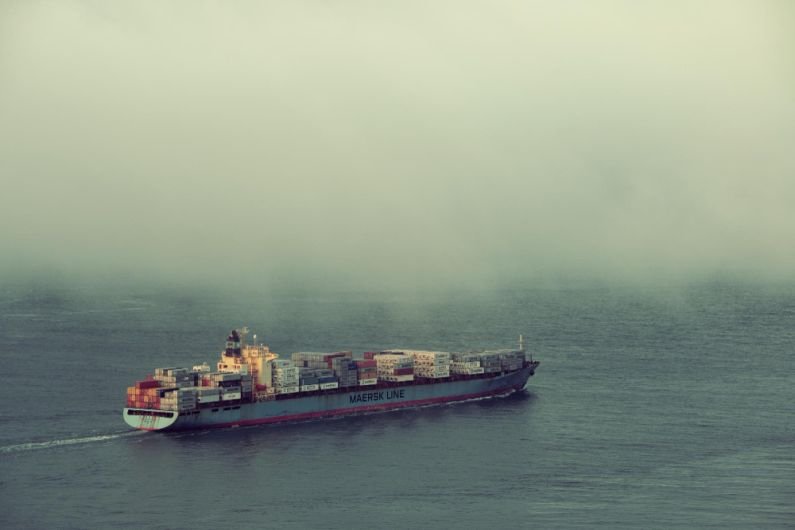In industries where heat transfer plays a critical role, shipping heat exchangers worldwide serves as a vital link in facilitating efficient energy management and process optimization. Heat exchangers are essential components used in diverse sectors, including power generation, oil and gas, chemical processing, HVAC, and manufacturing.
This article highlights the importance of shipping heat exchangers across international borders, underscoring their role in driving global industrial operations and sustainable energy management.
Shipping Heat Exchangers: Why It Matters
Facilitating Industrial Growth
Shipping heat exchangers worldwide play a significant role in fostering industrial growth. These devices are essential for efficient heat management, enabling industries to regulate temperatures, control processes, and maximize operational efficiency.
Shipping heat exchangers globally, industries can access the latest technologies and advancements, allowing them to optimize their manufacturing processes and enhance productivity.
Efficient heat transfer systems reduce energy consumption, minimize waste, and contribute to a sustainable and eco-friendly industrial landscape.
Meeting Diverse Industry Requirements
Different industries require specific types of heat exchangers tailored to their unique operational needs. Shipping heat exchangers worldwide ensures that industries can access a wide range of designs, sizes, and materials suitable for their specific applications.
Whether it’s shell-and-tube, plate-and-frame, or air-cooled heat exchangers, the global shipping network allows businesses to source the most suitable equipment from international manufacturers or suppliers.
This availability of diverse options empowers industries to optimize their heat transfer processes, improve performance, and achieve their operational objectives.
Enabling Energy Efficiency
Heat exchangers play a crucial role in energy management, contributing to sustainable practices and reduced carbon emissions. Shipping heat exchangers globally enables industries to adopt energy-efficient solutions and technologies.
Advanced heat exchanger designs, such as those incorporating enhanced surfaces, improved materials, and innovative configurations, enhance heat transfer efficiency while minimizing energy consumption.
By embracing these advancements, industries can significantly reduce their environmental footprint and contribute to global sustainability efforts.
Supporting International Projects
Global construction and infrastructure projects often require shipping heat exchangers to their destinations. These projects may include power plants, refineries, chemical processing facilities, and large-scale HVAC systems.
Shipping heat exchangers worldwide ensures the timely delivery of critical equipment to support the construction and commissioning of these projects. By facilitating the smooth transport of heat exchangers, international projects can remain on schedule, reducing downtime and ensuring efficient operation upon completion.
Fostering International Collaboration
Shipping heat exchangers fosters international collaboration and knowledge exchange. Manufacturers, suppliers, and engineers from different countries can share expertise, technological advancements, and best practices related to heat transfer.
This collaboration leads to innovation, improved product designs, and the development of cutting-edge heat exchanger technologies. The exchange of ideas and experiences across borders drives industry progress, enabling stakeholders to address global heat transfer challenges and drive continuous improvement.
Shipping Heat Exchangers
Heat exchangers play a critical role in numerous industries, facilitating the efficient transfer of thermal energy. As these vital components of oil equipment are manufactured in one location, they often need to be shipped to various parts of the world for installation and use.
Successfully navigating the complexities of shipping heat exchangers requires careful planning, adherence to regulations, and collaboration with logistics experts. This article provides a comprehensive guide to ensure the smooth and secure transportation of heat exchangers to destinations worldwide.
Preliminary Assessment
Before embarking on the shipping process, it is crucial to conduct a thorough preliminary assessment. Determine the dimensions, weight, and fragility of the heat exchanger to select the appropriate packaging and shipping methods.
Consider any special handling requirements, such as temperature-controlled environments or cushioning materials, to protect the equipment during transit.
Compliance With Regulations
Ensure compliance with international regulations governing the shipment of heat exchangers. Familiarize yourself with customs requirements, import restrictions, and documentation procedures specific to the destination countries.
Additionally, verify that the heat exchanger meets the necessary certifications and standards applicable to the target market.
Packaging and Crating
Proper packaging and crating are highly important when shipping heat exchangers for safety. Engage experienced professionals to design and construct custom crates that provide optimal protection against shocks, vibrations, and environmental factors.
Utilize suitable cushioning materials, such as foam or padding, to prevent damage caused by impacts during transportation.
Mode of Transportation
Selecting the appropriate mode of transportation is essential when shipping heat exchangers. Factors such as budget, urgency, and destination determine whether air freight, sea freight, or a combination of both is most suitable.
Air freight offers speed and efficiency for time-sensitive deliveries, while sea freight provides cost-effective options for larger and heavier heat exchangers.
Documentation and Customs Procedures
Accurate documentation is crucial to expedite customs clearance and minimize delays. Prepare all necessary paperwork, including commercial invoices, packing lists, and certificates of origin, by the requirements of the destination country.
Collaborate with freight forwarders and customs agents experienced in handling oil equipment to navigate complex customs procedures smoothly.
Insurance Coverage
Protect your investment by obtaining comprehensive insurance coverage when shipping heat exchangers during transit. Evaluate the different insurance options available and select a policy that adequately covers potential risks, such as loss, theft, or damage.
Work closely with insurance providers to ensure accurate valuation and documentation of the equipment.
Monitoring and Tracking
Texas International Freight allows you to maintain constant visibility and control over the shipment by utilizing tracking technologies and real-time monitoring systems.
Stay informed about the progress of the transportation process and promptly address any potential issues or deviations from the planned route.
Customs Clearance and Delivery
Upon arrival at the destination, facilitate customs clearance by providing all required documentation promptly. Collaborate with customs brokers and agents to navigate customs procedures efficiently.
Coordinate with local logistics partners to ensure the smooth final delivery of the heat exchangers to their intended location, adhering to any local regulations or delivery restrictions.
Secure Global Shipping of Heat Exchangers
Shipping heat exchangers worldwide requires meticulous planning, attention to detail, and collaboration with experienced logistics professionals. By following the steps outlined in this guide, you can ensure the secure transportation of heat exchangers to various parts of the world.
By mastering the intricacies of global logistics, you can enhance efficiency, minimize risks, and successfully deliver these critical components to their intended destinations.





